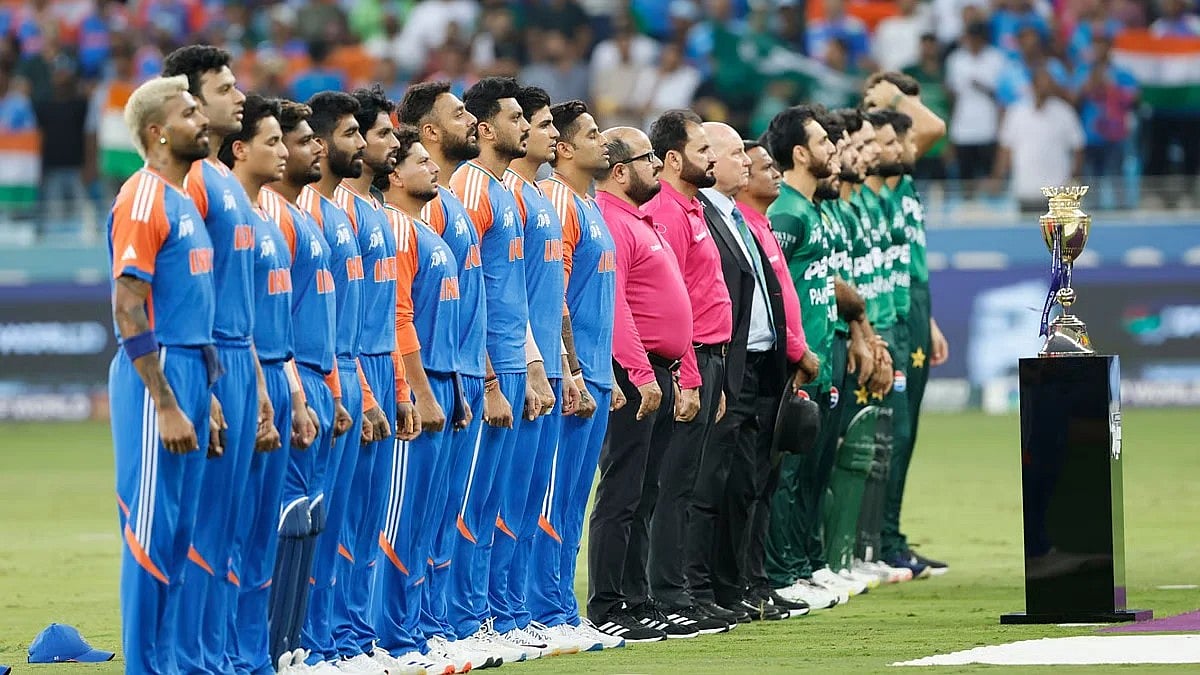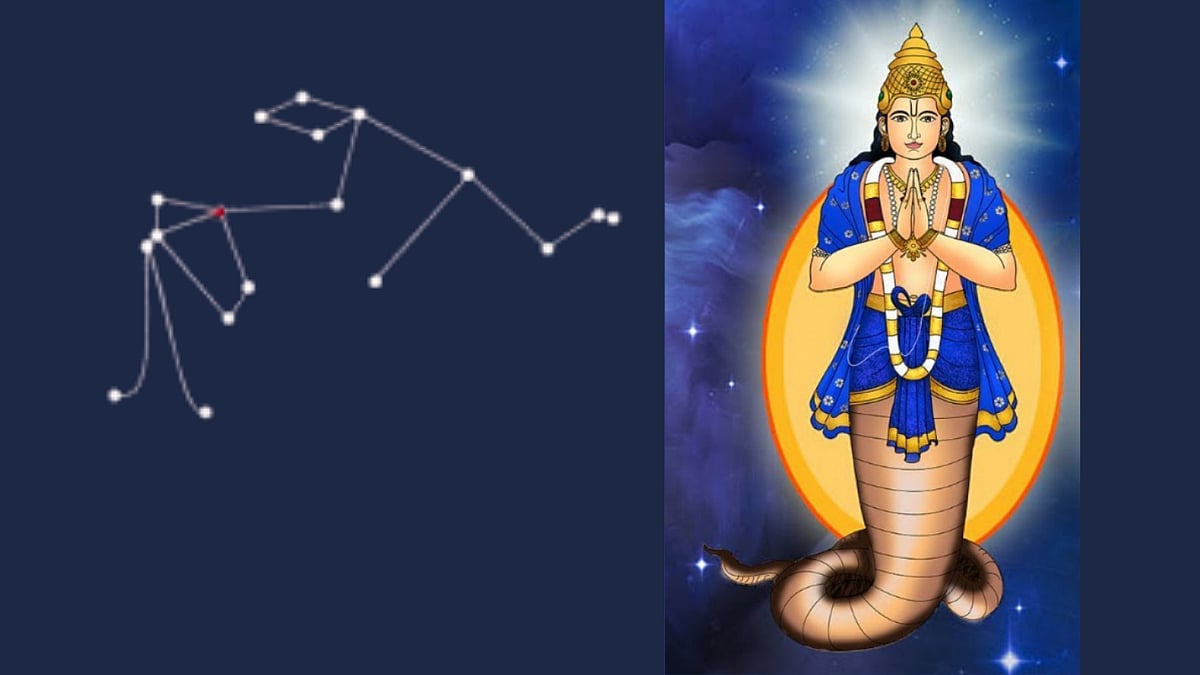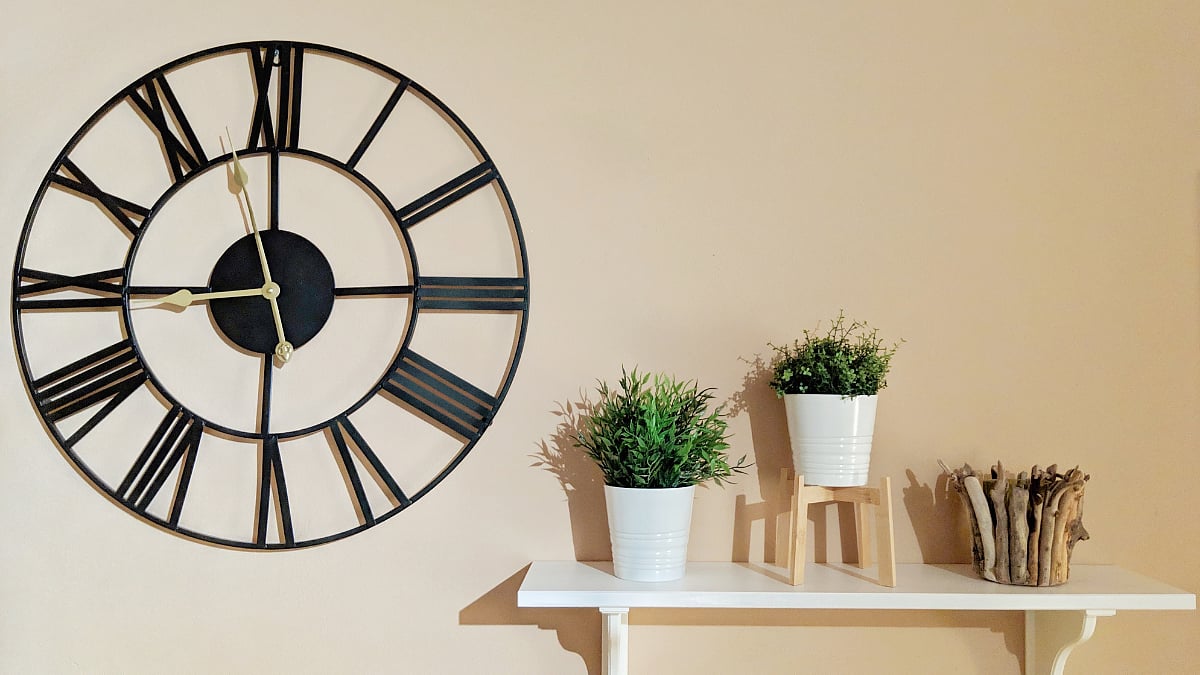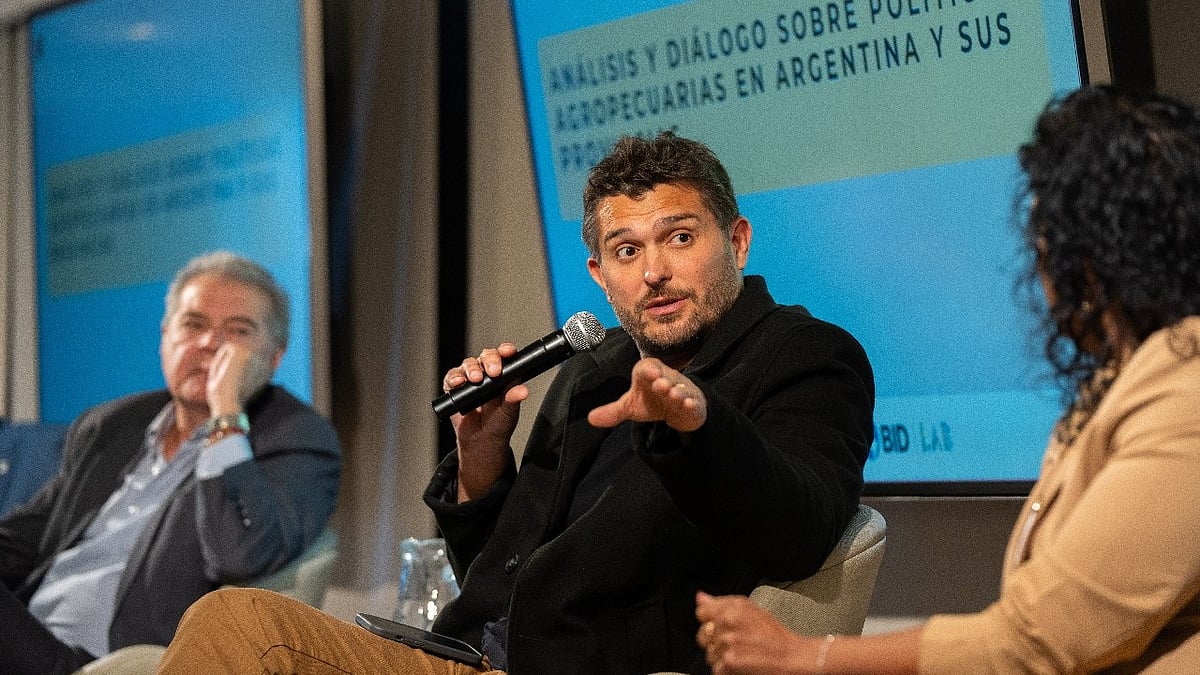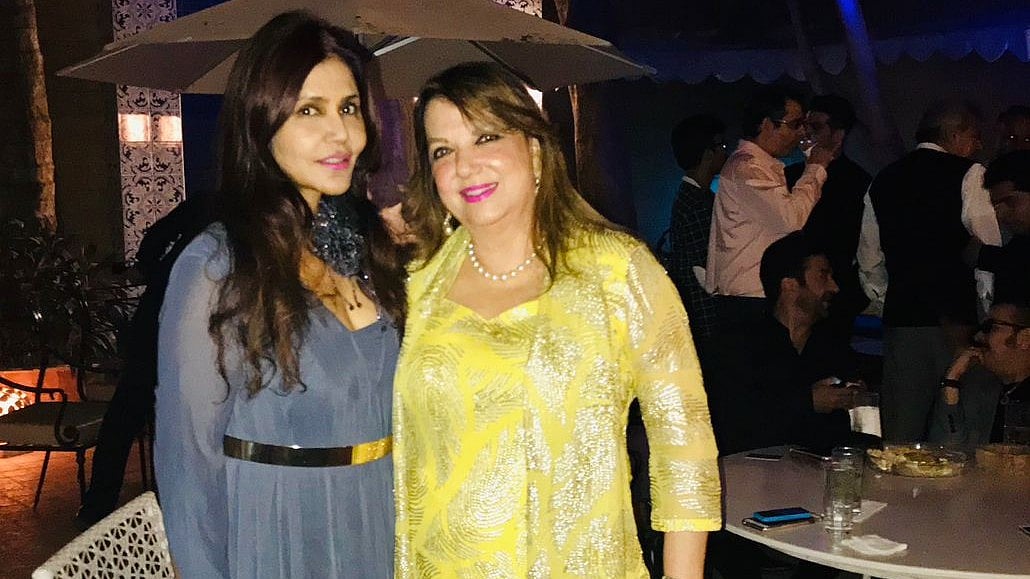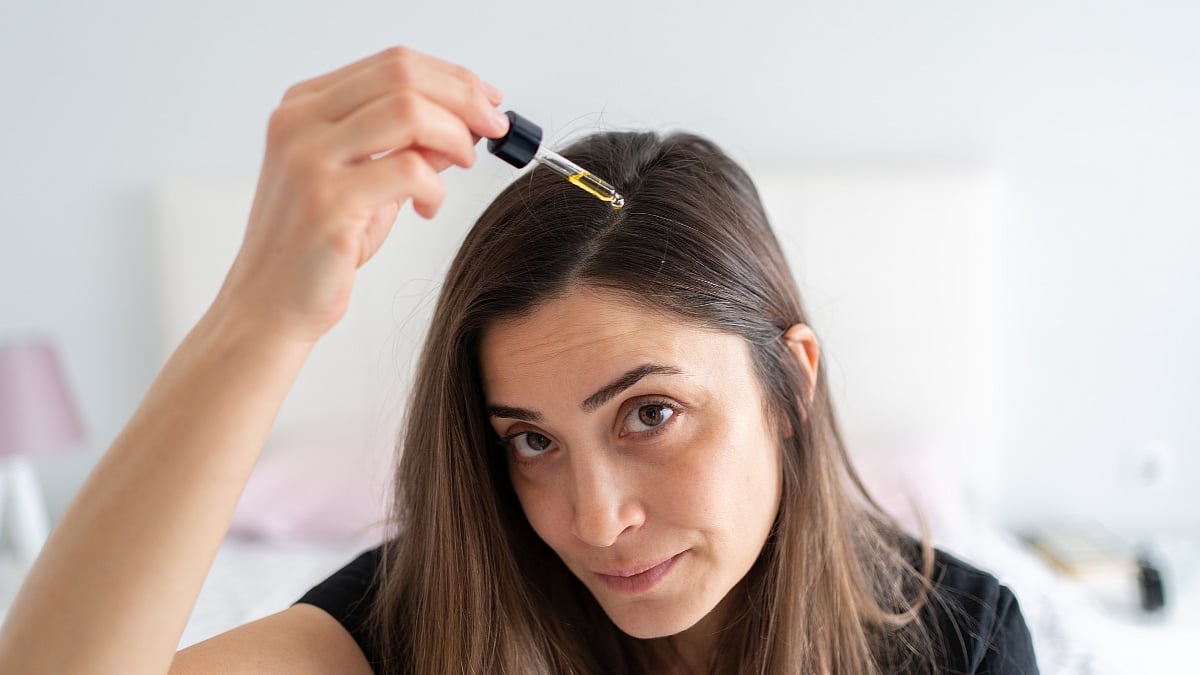There was a point in history when leprosy and India were synonymous. Although India became a leprosy free country in 2005, the plight of leprosy patients has only increased. For people who suffer from it, leprosy identity is synonymous with poverty. You do not need a microscopic view to see that the state of leprosy survivors has remained largely the same.
Despite leprosy being completely curable, there is a lot of prejudice and stigma surrounding it due to misinformation. While there has been some progress in the treatment of patients, lack of awareness, myths and misconceptions regress these improvements. To combat the discrimination and taboo associated with leprosy, last week the National Human Rights Commission (NHRC) issued an advisory to the Centre, States and Union Territories, listing ‘discriminating legal provisions’ against leprosy-affected persons in 97 laws of the country and called for their removal. A key recommendation was that a law should be enacted, providing for the substitution of ‘derogatory terms’ used to describe leprosy patients.
Many believe that leprosy is a disease of the past. They remain unaware of its continued prevalence and spread. Every year, over two lakh new leprosy cases are detected around the world, that is more than 600 people each day, with over 50 of these being children. Globally, India accounts for 63% of leprosy cases (more than half). A lack of awareness along with poor healthcare infrastructure and a dearth of medical resources, results in an absence of active case findings, leaving many undiagnosed and untreated.
This World Leprosy Day to understand and get an insight into what it is to live with Hansen’s we spoke with the patients and their families.
Real and deserves our attention
“I am from Bihar. My husband was from Andhra. We were asked to leave our house because there was a widespread disdain against leprosy patients in our village,” remembers *Shanti. “My husband brought me here to seek treatment. They told us that there is a new medicine for Kusht Rog. For two years, I was on medication but to no avail,” says Shanti, a Dilshad Garden’s Leprosy Colony resident.
Just like many others, the spread of Shanti’s condition had become irreversible. A few years back, her husband passed away leaving Shanti and her kids to survive on their own.
“My husband died a few years ago. We had some savings but those weren’t enough for my medication. My children were young back then, so I did not want them to leave school,” she recounts.
Like many others before her, Shanti had to resort to begging. Despite her condition, she went begging for two hours daily. “I never complained about anything or asked anything from God but now I just ask him to make the ulcers on my feet go away so I can beg for more than two hours,” she said, with a smile but in a helpless tone.
Corona hasn’t helped them either. Earlier, she could at least afford two meals for her kids, now they have to stay home and rely on whatever food and grains they get from the aids and donations, or else they have to stay hungry.
Living in exile
One of the oldest members of the society, *Vijaya, fondly called Amma, has been living at the leprosy colony for over 45 years. She married her husband who belonged to a well-off family at an early age. However, the riches soon turned into rags once Amma was diagnosed with leprosy. “We came to Delhi to find a cure but ended up finding a family,” said Amma. “We have lived here for a long time. I can’t even remember what my life was before I came to this place. We were two when we came here, now we are 14, if not 135.”
Living in a small one-room house, there is hardly enough space for 14 people to stand let alone live. “Only the women of the house can sleep in the house at night, the men and the children sleep at the temple,” Amma clarified.
When the government came out with medication, Amma was the first in line. “My leprosy hadn’t advanced much when the medicine came out. After a proper course, my situation started to improve. My husband also had leprosy, but his condition was too far gone,” she remembers.
Corona has been very scary for them, living in a closed space in a pandemic was always a risk. They didn’t have any sort of reliable information and were informed that a corona-infected person had to be separated from the family. “It was like the whole country had to go through for a small period that we have gone through all our lives. I prayed every day that no one experienced that. Luckily for us, no one has caught a case here and all of us are fully vaccinated,” says Amma.
Understanding the significance of the problem and how it is important to raise awareness about leprosy, Rotary Club of Delhi South, Lepra India and ACRE have come together to support the Government of India’s efforts in eliminating leprosy by 2030 from the country. They have adopted a four-step approach, which includes awareness generation, active case finding, treatment and palliative care, rehabilitation and reintegration into society.
Fighting a battle
“I was kicked out of my house at a young age,” reminisces *Daya. “I was still unmarried when I came to Delhi to find some treatment for this condition so that I could go back to my family. At that time, there was no cure or treatment for leprosy.”
Leprosy has been fully curable since 1984 at any stage of the disease thanks to multi-drug therapy (MDT). “By the time they came out with medicines, the nerve damage on my hands was irreversible. Once I found a home here, I got married and over the years have been blessed with five children,” she says.
For most people living inside Leprosy Colony, begging is the only way to make ends meet. Most people with leprosy are not hired based on their appearance and the ones that are hired are asked to do jobs their condition doesn’t allow them to do.
Daya, standing outside her small house, speaks with optimism, “You may think I curse my life for being the way it is but once you learn to live with the reality, you cannot focus on the past too much. I consider myself lucky that I do not have to work. My husband used to earn earlier and ever since his demise, my children have taken the onus.”
In India, there are 750 leprosy colonies. Nearly two lakh people, patients, and their families live in these secluded leprosy colonies, away from mainstream society. The greatest obstacle in the fight against leprosy in India is overcoming public ignorance about the illness. Patients with leprosy who receive the appropriate treatment at the appropriate time are cured for life. Leprosy is currently cured with a multi-drug treatment regimen (MDT). The MDT is free of charge, and just one dose is enough to stop transmission.
The plight of a leprosy patient
"Ever since my husband died and my daughters got married, it is just me inside these four walls,” says *Meenakshi.
Just like Meenakshi, there are thousands of leprosy-affected people who had to resort to begging to make ends meet. Meenakshi never had it easy, which made her go from strength to strength and face everything she had to with remarkable poise and dignity.
Meenakshi has two daughters, both married to families living in Andhra Pradesh. “I used to visit my daughters every year but due to coronavirus, I haven’t visited them in two years. My grandchildren must have grown a lot in that time. My biggest fear is that just like my old family, they will also get scared when they meet me next,” she says.
But Meenakshi is used to this thought. She has been conditioned to have thick skin after years of getting dealt the bad cards. This resilience is exactly why she is a warrior and not a survivor.
Pradeep Bahri, CEO of Rotary Club Alliance for Leprosy Control said, “Rotary has been actively working in the space of disease prevention for over 100 years in India. Our partnership with the LEPRA and ACRE has enabled us to mainstream the issue of Leprosy, ensure that on-ground activations are initiated and executed smoothly and that all efforts are made for awareness creation, training of Medical Staff, identification, healthcare - treatment and palliative care, and rehabilitation of Leprosy patients. Since 2021, we have been conducting training at primary healthcare centers, setting up physiotherapy and disability care camps across the Leprosy colonies in Delhi/NCR and providing relief to over thousands of patients.”
In India, there are 750 leprosy colonies. Nearly two lakh people, patients, and their families live in these secluded leprosy colonies, away from mainstream society. The greatest obstacle in the fight against leprosy in India is overcoming public ignorance about the illness. Patients with leprosy who receive the appropriate treatment at the appropriate time are cured for life. Leprosy is currently cured with a multi-drug treatment regimen (MDT). The MDT is free of charge, and just one dose is enough to stop transmission.
(*Names changed on request)



